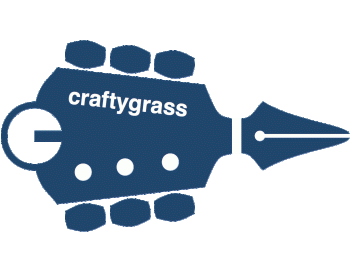This needs a bookmark too. After being so impressed yesterday with Lucas Brar’s rendition of “Take Five”, my click-stream wound up referencing Lenny Breau, and then Ted Greene, and that reminded me of an absolutely brilliant clip of Greene demonstrating improvisation in the style of Bach, which I saw years ago and figured I should probably bookmark here as a resource.
What’s funny is that I then saw a reference to that very session, along with a little analysis…from Lucas Brar.
Brar’s analysis is truly excellent, I think, and his demonstration is inspiring. Happy to give that its own bookmark.
And also, I can now close the loop on what I remember from the legendary Greene himself. Turns out there’s an entire YouTube channel called TedGreeneArchives, and on that channel there is a playlist to the five-part series called Baroque Improv:
There is so much to unpack there…holy cow. And watching Greene work, in this context, reminds me of watching Oscar Peterson demonstrate his ideas, on a different instrument perhaps (piano), but very much in the same way. Clearly, here, there is a synchronicity of knowledge, skill, intelligence, presence, and availability to the muse, that seems to suggest the word genius.
Anyway, it is now bookmarked, and I’m happy to have it here.
